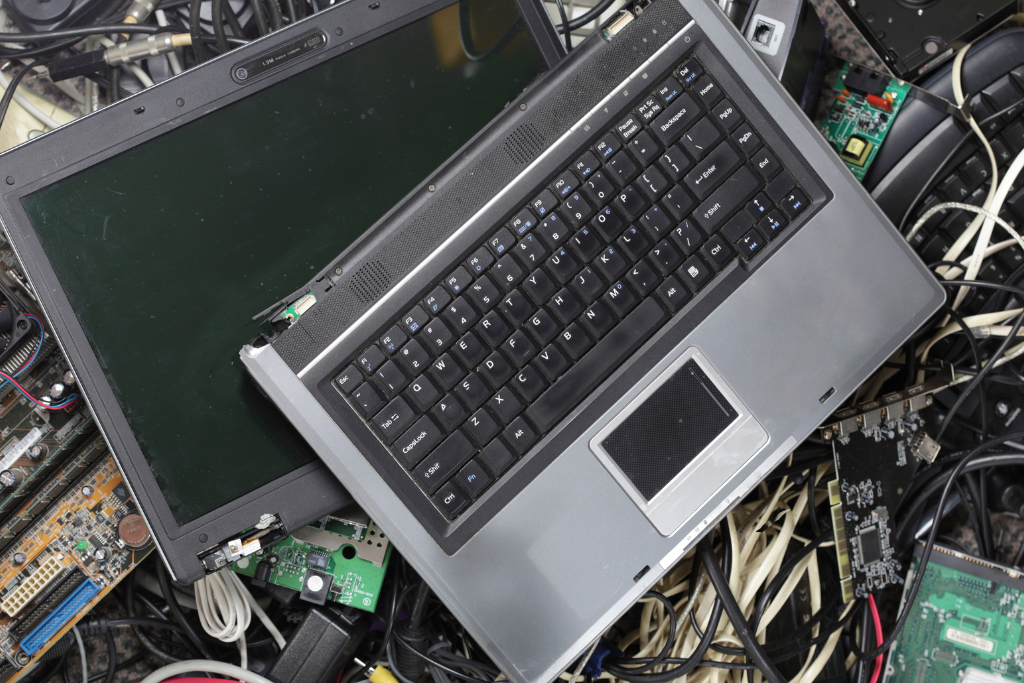
Ensuring that work IT equipment containing sensitive data is disposed of properly and securely is essential. Properly disposing of e-waste at a designated e-waste management center ensures that valuable metals are recycled and prevents batteries from ending up in landfills, where they can cause fires.
Devices such as desktops, laptops, and phones used at work contain data that can be retrieved by unauthorised individuals if discarded improperly. Ensure that all devices containing data are identified and set aside for proper data wiping.
For devices that can be powered on, data can be securely wiped from the drives before recycling by using Windows built-in reset tools with data wipe enabled or other specialized tools for non-Windows devices. Most factory reset options for devices now include the option to securely erase data.
For devices that cannot be powered on, data-holding components can be physically destroyed to ensure that your data cannot be accessed. This may require disassembling the device to access its storage.
The best method of erasing data is to do both: first wiping the drive and then physically destroying it. This ensures that no data can be recovered. However, performing only one of the methods outlined above is usually sufficient, depending on the sensitivity of the data.
After identifying and wiping or destroying data drives, the devices can be sent for e-waste disposal.
If you have any questions, please contact our team.